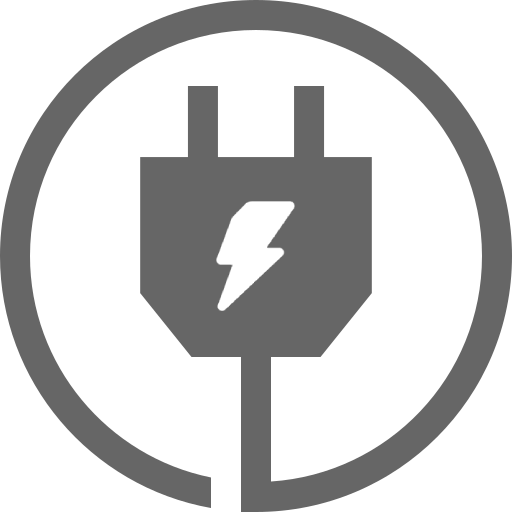Advantages of electricity
Advantages of electricity
Accessible and easy to produce
Accessible and easy to produce
Electricity can be generated from a wide variety of energy sources, both renewable and non-renewable.

Manageable and easy to transport
Manageable and easy to transport
Electricity can be transported over long distances and on a large scale through transmission and distribution networks.
Versatile and easy to transform
Versatile and easy to transform
Electricity can also be transformed into other types of energy such as light (lighting a light bulb), heat (lighting an electric radiator), or motion (using an engine).









